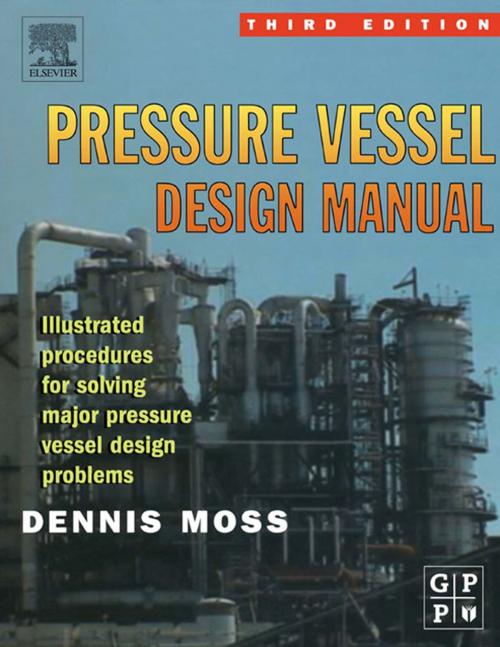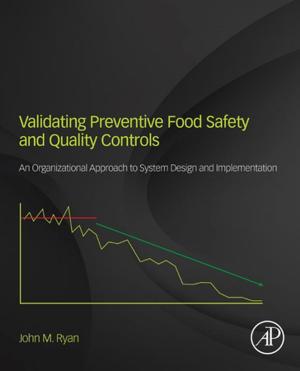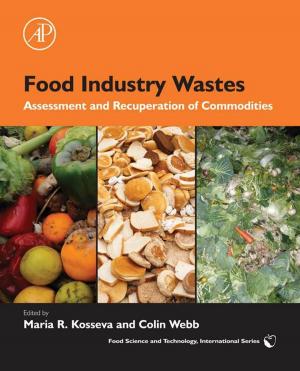Pressure Vessel Design Manual
Nonfiction, Science & Nature, Technology, Industrial Design, Engineering, Mechanical| Author: | Dennis R. Moss | ISBN: | 9780080524122 |
| Publisher: | Elsevier Science | Publication: | January 24, 2004 |
| Imprint: | Gulf Professional Publishing | Language: | English |
| Author: | Dennis R. Moss |
| ISBN: | 9780080524122 |
| Publisher: | Elsevier Science |
| Publication: | January 24, 2004 |
| Imprint: | Gulf Professional Publishing |
| Language: | English |
A pressure vessel is a container that holds a liquid, vapor, or gas at a different pressure other than atmospheric pressure at the same elevation. More specifically in this instance, a pressure vessel is used to 'distill'/'crack' crude material taken from the ground (petroleum, etc.) and output a finer quality product that will eventually become gas, plastics, etc.
This book is an accumulation of design procedures, methods, techniques, formulations, and data for use in the design of pressure vessels, their respective parts and equipment. The book has broad applications to chemical, civil and petroleum engineers, who construct, install or operate process facilities, and would also be an invaluable tool for those who inspect the manufacturing of pressure vessels or review designs.
- ASME standards and guidelines (such as the method for determining the Minimum Design Metal Temperature)are impenetrable and expensive: avoid both problems with this expert guide
- Visual aids walk the designer through the multifaceted stages of analysis and design
- Includes the latest procedures to use as tools in solving design issues
A pressure vessel is a container that holds a liquid, vapor, or gas at a different pressure other than atmospheric pressure at the same elevation. More specifically in this instance, a pressure vessel is used to 'distill'/'crack' crude material taken from the ground (petroleum, etc.) and output a finer quality product that will eventually become gas, plastics, etc.
This book is an accumulation of design procedures, methods, techniques, formulations, and data for use in the design of pressure vessels, their respective parts and equipment. The book has broad applications to chemical, civil and petroleum engineers, who construct, install or operate process facilities, and would also be an invaluable tool for those who inspect the manufacturing of pressure vessels or review designs.
- ASME standards and guidelines (such as the method for determining the Minimum Design Metal Temperature)are impenetrable and expensive: avoid both problems with this expert guide
- Visual aids walk the designer through the multifaceted stages of analysis and design
- Includes the latest procedures to use as tools in solving design issues















